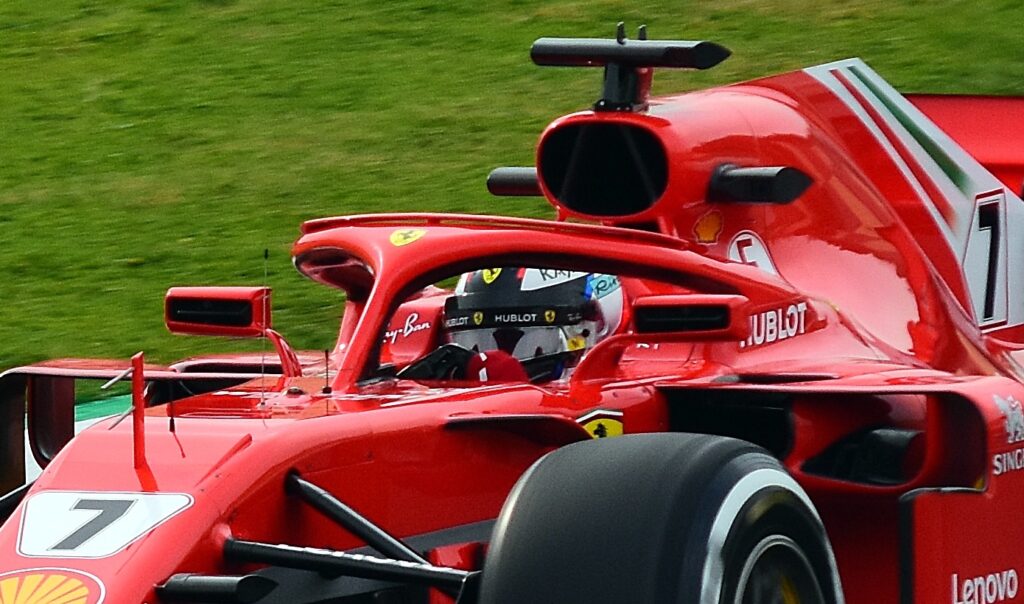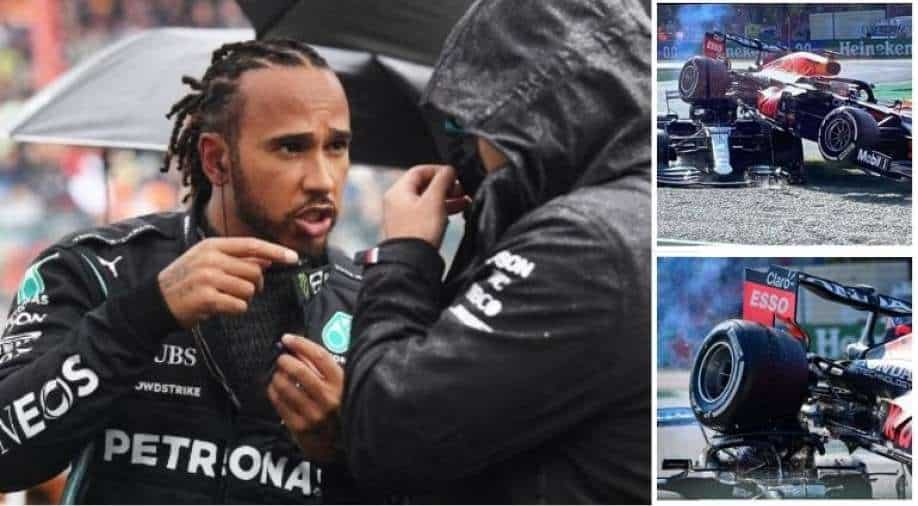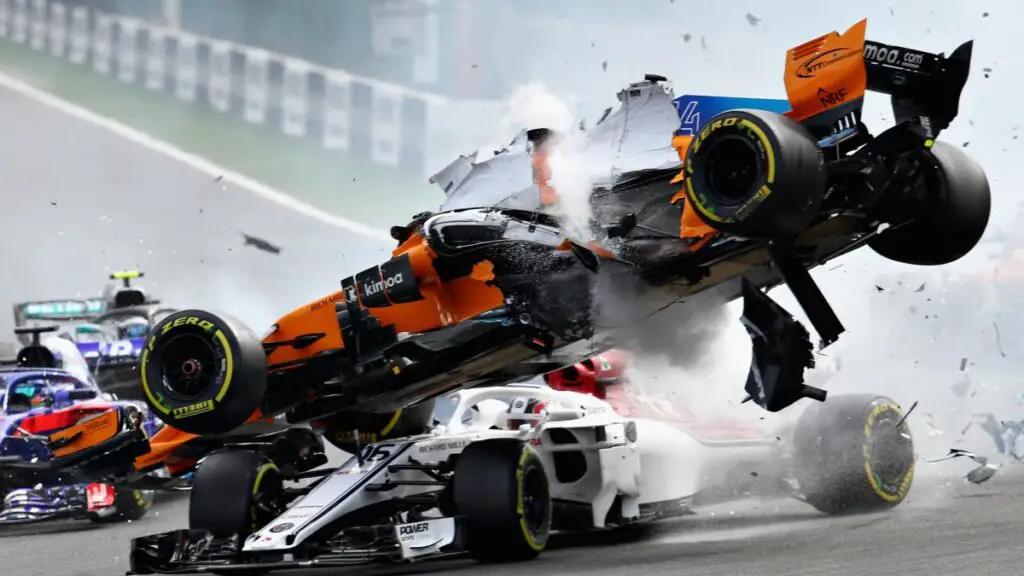The Halo is a protective barrier that helps to prevent large objects and debris from entering the cockpit of a single-seat racing car
Formula One often witnesses new technology and innovation in the pursuit of fast laps and reliability. One recent and very visible addition to improve car safety is the Halo, a tubular frame that surrounds the car’s cockpit. The Halo was introduced to F1 in 2018, when it also became compulsory in other FIA-sanctioned open-cockpit classes, such as Formula E, F2, F3 and F4.

Halo was introduced to improve safety for drivers by preventing large objects entering the car’s cockpit. While crash helmets are effective at preventing head injuries in most incidents, a few high-profile accidents involving larger objects revealed that more could be done to reduce the risk of serious injury in crashes.
It is credited with saving Lewis Hamilton’s life at the 2021 Italian Grand Prix, after a collision with championship rival Max Verstappen.

Besides Hamilton, at the end of the 2020 season, Romain Grosjean survived a fiery crash at the Bahrain GP that saw his Haas crash through an Armco barrier. The Halo showed signs of damage from the barrier that would otherwise have been inflicted on Grosjean’s helmet, and is certain to have saved his life.
How has the F1 community reacted to the introduction of the Halo?
When the Halo first arrived in 2018, there was criticism from drivers about its ugly looks and the potential for it to limit visibility. But that criticism has waned, and those who have been involved in accidents where the Halo has done its job sing its praises. Mercedes F1 team boss Toto Wolff is one person who has been convinced by its safety benefits, after initially disliking the system.

Despite initial criticism, the halo was praised by the community following an incident where the halo was struck by another car—one in the Formula 2 race at Spain, where Tadasuke Makino’s halo was landed on by fellow Japanese driver Nirei Fukuzumi’s car, and one in the Belgian Grand Prix, where Charles Leclerc’s halo was struck by Fernando Alonso’s airborne McLaren. Both Makino and Leclerc credited the halo for possibly saving their lives and since then it is credited with saving many more lives.
More Tennis news
- “Bold and quiet. Powerful and calm” – Naomi Osaka stuns in the perfect commercial for Nissan
- Novak Djokovic’s brother makes Roger Federer promise ahead of Serbian Open
- Naomi Osaka responds to botching Jennifer Brady’s name after AO Open final win
Follow our dedicated Tennis page for instant Tennis news and updates

